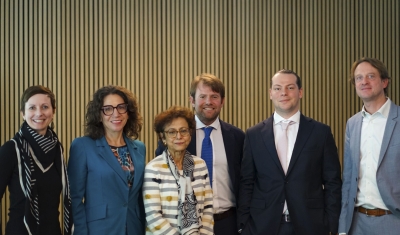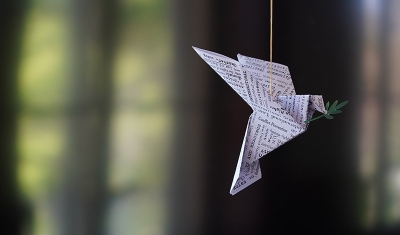The Equality Bodies Comparison Dashboard offers a distinct approach to tracking and understanding the work of Equality Bodies (EBs) across Europe. One of its key strengths lies in the breadth and depth of its data. It brings together detailed information across multiple dimensions, enabling comparisons of over 40 EBs in a structured and layered way. This level of granularity enables users to explore operational features that are often overlooked in broader overviews.
The dashboard is also designed to be interactive and user-friendly. Its visualizations, such as charts, tables, and maps, are filterable and clickable, allowing users to focus on specific countries or criteria relevant to their interests. This supports more targeted exploration of the data.
Accessibility has also been a guiding principle in the development of the tool. Datasets can be downloaded directly, which facilitates further analysis and use by researchers, civil society organizations (CSOs), and other stakeholders. The platform is compatible with screen readers, aiming to ensure inclusive access to information.
In terms of its comparative potential, the dashboard allows users to examine EBs in relation to EU legislation and international policy standards, including those outlined by the European Commission. While it does not replace formal monitoring mechanisms under the new Directives on Standards for EBs, it can serve as a practical resource to support the assessment of national transposition efforts and identify areas for improvement.







